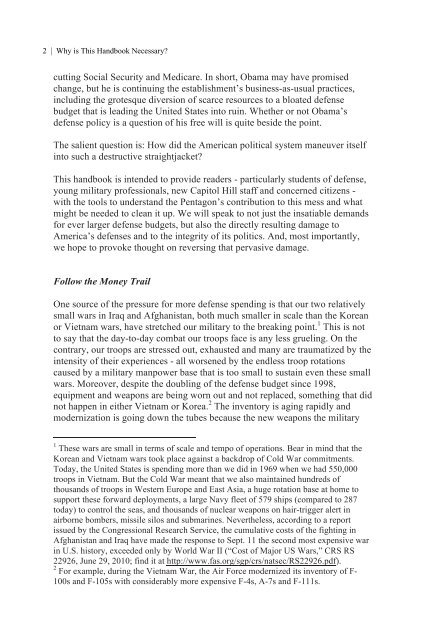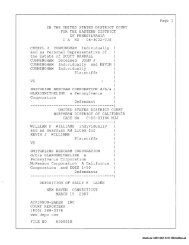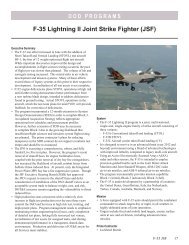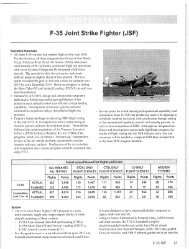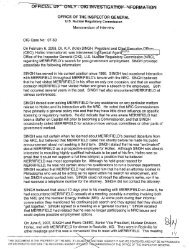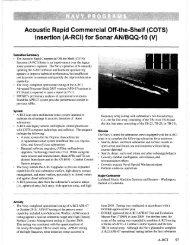The Pentagon Labyrinth
The Pentagon Labyrinth
The Pentagon Labyrinth
You also want an ePaper? Increase the reach of your titles
YUMPU automatically turns print PDFs into web optimized ePapers that Google loves.
2 | Why is This Handbook Necessary?<br />
cutting Social Security and Medicare. In short, Obama may have promised<br />
change, but he is continuing the establishment’s business-as-usual practices,<br />
including the grotesque diversion of scarce resources to a bloated defense<br />
budget that is leading the United States into ruin. Whether or not Obama’s<br />
defense policy is a question of his free will is quite beside the point.<br />
<strong>The</strong> salient question is: How did the American political system maneuver itself<br />
into such a destructive straightjacket?<br />
This handbook is intended to provide readers - particularly students of defense,<br />
young military professionals, new Capitol Hill staff and concerned citizens -<br />
with the tools to understand the <strong>Pentagon</strong>’s contribution to this mess and what<br />
might be needed to clean it up. We will speak to not just the insatiable demands<br />
for ever larger defense budgets, but also the directly resulting damage to<br />
America’s defenses and to the integrity of its politics. And, most importantly,<br />
we hope to provoke thought on reversing that pervasive damage.<br />
Follow the Money Trail<br />
One source of the pressure for more defense spending is that our two relatively<br />
small wars in Iraq and Afghanistan, both much smaller in scale than the Korean<br />
or Vietnam wars, have stretched our military to the breaking point. 1 This is not<br />
to say that the day-to-day combat our troops face is any less grueling. On the<br />
contrary, our troops are stressed out, exhausted and many are traumatized by the<br />
intensity of their experiences - all worsened by the endless troop rotations<br />
caused by a military manpower base that is too small to sustain even these small<br />
wars. Moreover, despite the doubling of the defense budget since 1998,<br />
equipment and weapons are being worn out and not replaced, something that did<br />
not happen in either Vietnam or Korea. 2 <strong>The</strong> inventory is aging rapidly and<br />
modernization is going down the tubes because the new weapons the military<br />
1 <strong>The</strong>se wars are small in terms of scale and tempo of operations. Bear in mind that the<br />
Korean and Vietnam wars took place against a backdrop of Cold War commitments.<br />
Today, the United States is spending more than we did in 1969 when we had 550,000<br />
troops in Vietnam. But the Cold War meant that we also maintained hundreds of<br />
thousands of troops in Western Europe and East Asia, a huge rotation base at home to<br />
support these forward deployments, a large Navy fleet of 579 ships (compared to 287<br />
today) to control the seas, and thousands of nuclear weapons on hair-trigger alert in<br />
airborne bombers, missile silos and submarines. Nevertheless, according to a report<br />
issued by the Congressional Research Service, the cumulative costs of the fighting in<br />
Afghanistan and Iraq have made the response to Sept. 11 the second most expensive war<br />
in U.S. history, exceeded only by World War II (“Cost of Major US Wars,” CRS RS<br />
22926, June 29, 2010; find it at http://www.fas.org/sgp/crs/natsec/RS22926.pdf).<br />
2 For example, during the Vietnam War, the Air Force modernized its inventory of F-<br />
100s and F-105s with considerably more expensive F-4s, A-7s and F-111s.


